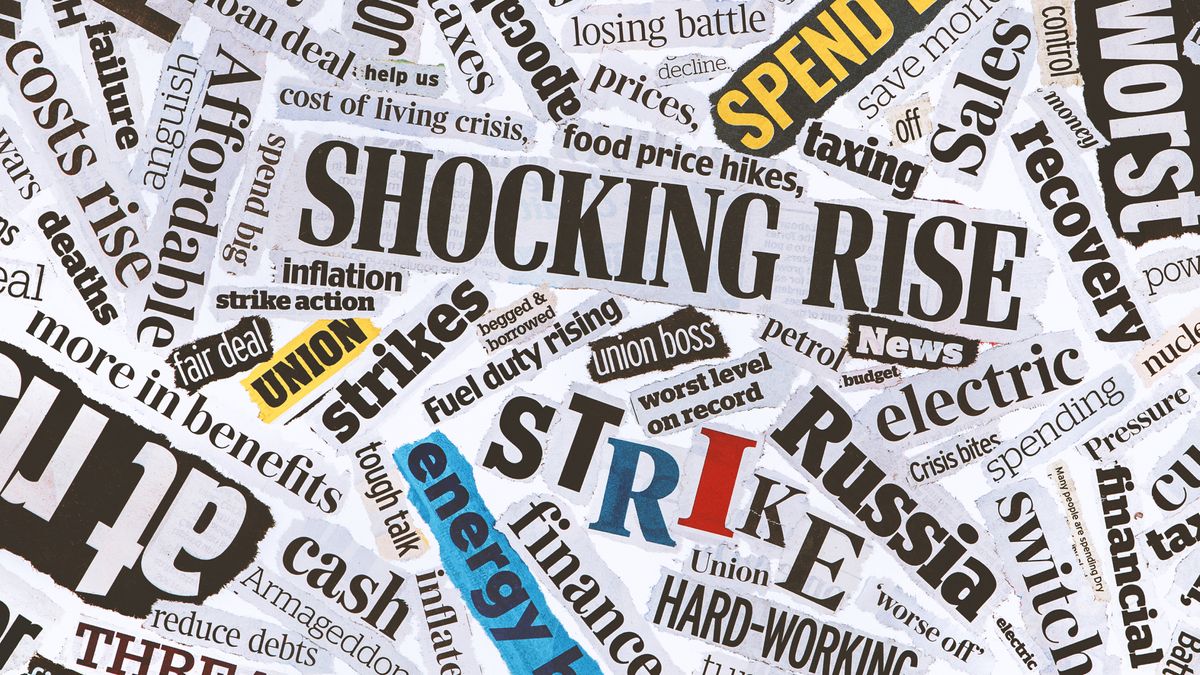While the set-up of a common currency is practically challenging, the bloc — which comprises the countries of Brazil, Russia, India, China, and South Africa that make up its acronym, and new members Iran, Egypt, Ethiopia, and the United Arab Emirates — has called for more trade and lending in local currencies as a way to break up with the dollar.There may be more traction in ditching the dollar this year when the BRICS bloc meets in the Russian city of Kazan from October 22 to October 24, wrote Christopher Granville, the managing director of global political research at GlobalData.TS Lombard, in a Friday report.The summit would take place in the context of the US and its allies’ increasingly aggressive stance toward Chinese exports, which they say are over capacity. And Washington is imposing secondary sanctions against banks processing payments to and from Russia, even if they are in local currencies, such as the Chinese yuan.Central banks eye digital currency transfersA more systemic solution is in the works: a Bank of International Settlement Central Bank Digital Currency platform that allows for the direct, peer-to-peer settlement of commercial invoices and foreign exchange trades in the central bank digital currencies of participating countries, wrote Granville. These currencies are similar to cryptocurrencies but are issued and backed by central banks.The central banks of China, Hong Kong, the UAE, and Thailand participated in a BIS trial of the digital currency system in 2022, but it’s not live yet.
Still, Russian foreign minister Sergey Lavrov also touted a digital currency-based settlement system to local media recently — a signal that central banks are eyeing the “US-insulated” solution, wrote Granville.”That Lavrov signal was unsurprising given Russia’s own pressing need,” wrote Granville. “While other countries outside the US alliance system will not feel the same urgency, this US-insulated CBDC solution still looks to be in their interests.”Specifically, it would make sense for China amid its trade war with the US. China’s central bank already has one of the most developed digital currencies, the digital Chinese yuan, that is used domestically, including to pay some public-sector salaries.The BIS suspended the Russian central bank’s membership following the country’s invasion of Ukraine in 2022, so it’s unclear how the central bank-to-central bank digital currency-based platform and infrastructure would work for Russia.Central bank digital currencies could weaken the USD’s role in international paymentsEven so, Granville wrote that the participation of other central banks in the CBDC system could weaken a key pillar of the US dollar’s global reserve currency status: international payments outside the eurozone.The greenback accounted for 60% of international payments ex-eurozone in 2023, according to Granville’s analysis. This is in contrast to its 80% share in trade finance — which covers a wide range of products banks and companies use for trade — and 60% of global foreign exchange reserves.As Business Insider reported recently, the West can’t afford to totally isolate Russian banks from the SWIFT messaging network due to the disastrous knock-on impact on trade finance — a key pillar of international trade. As for global FX reserves, the greenback is still king.But, chipping away at the US dollar’s share in international payments through a non-dollar CBDC platform “would weaken one of three planks of the US dollar’s global reserve currency status,” Granville wrote. The effect would hold even though the currency of choice for cross-border payments is less systemically important than the dollar’s role in trade finance and FX reserves, Granville added.Despite the discussion over central bank digital currencies, there would inevitably be challenges in any implementation.Even China, which has one of the world’s most advanced digital currencies, relies on a “two-tier” system involving banks as wallet-holding agents. That setup avoids excessively disrupting the financial institution’s business model and creating financial instability, wrote Granville.





